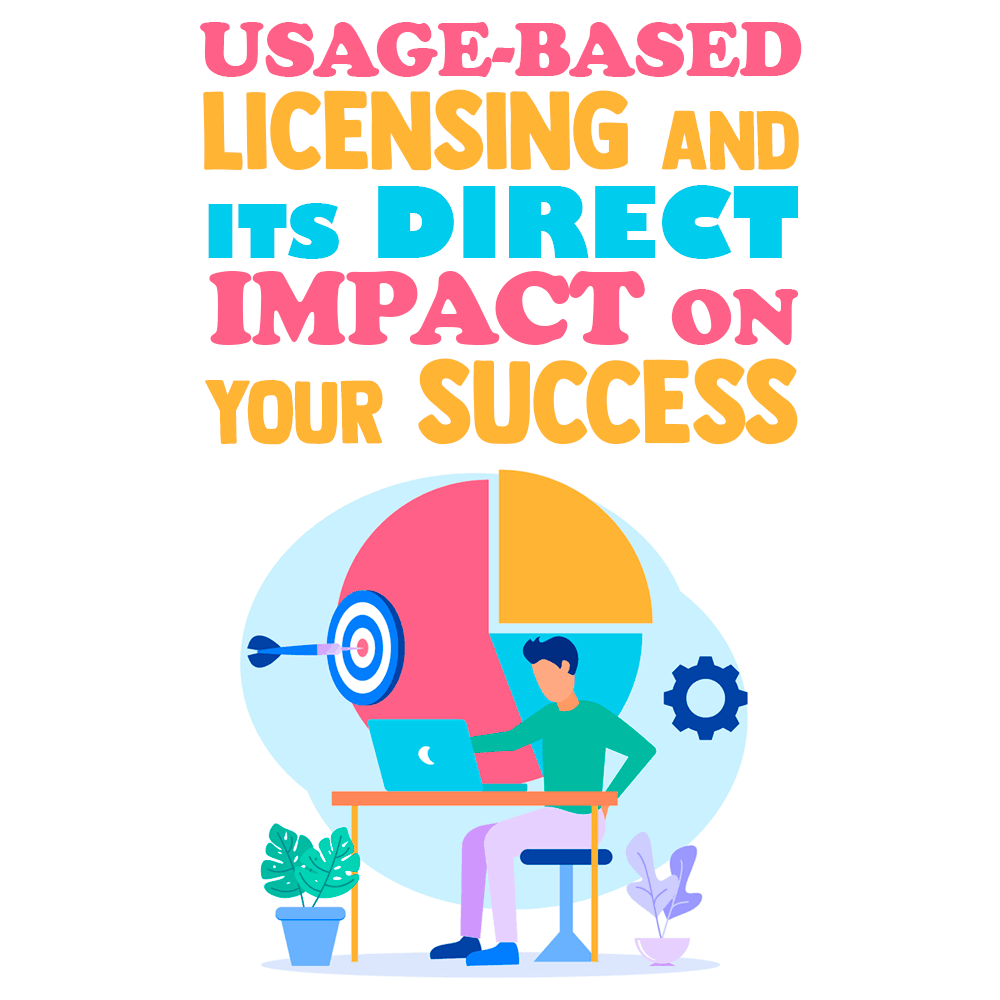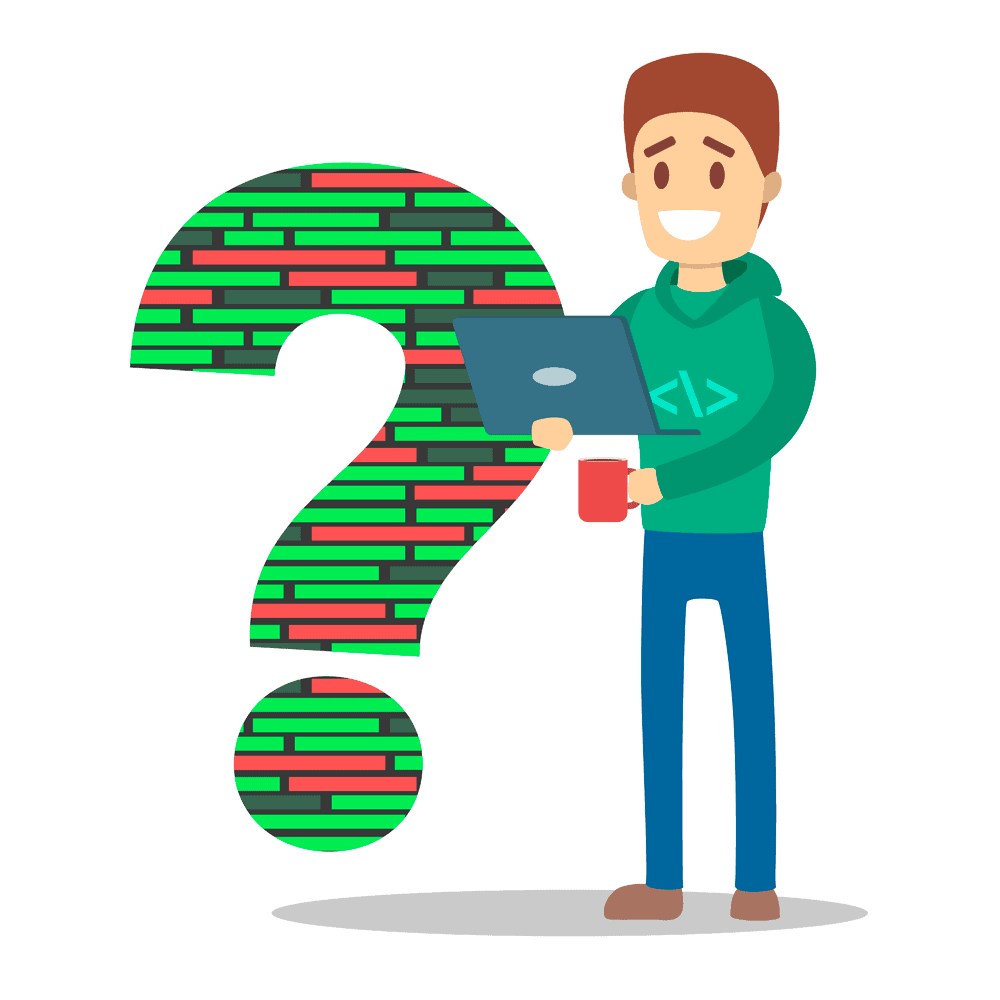 In the world of technology, improvements and advances happen virtually every second of every day. What doesn’t evolve at the same rate, but should, is the way developers and engineers alike distribute and license their software and applications to not only secure the integrity of their work but also to increase profitability.
In the world of technology, improvements and advances happen virtually every second of every day. What doesn’t evolve at the same rate, but should, is the way developers and engineers alike distribute and license their software and applications to not only secure the integrity of their work but also to increase profitability.
As time passes and more and more applications and software programs roll out, it appears these two concerns are the last ones on developers’ minds.
Let’s bring application security and profitability back to the forefront.
In this post I will share with you all you need to know about usage-based licensing. One of the most successful ways to generate and secure revenue from your application is usage-based licensing, so being informed about your options can be crucial to the success of your product.
What Is Usage-Based Licensing?
Since most of us engineers and developers are relatively familiar with the idea of usage-based licensing, I’ll break it down briefly as a bit of a refresher. Simply put, it’s a pre-agreed number of uses and/or actions of certain features that the end-user can access or perform within your application before they must purchase more.
These uses, credits, or tokens can be purchased ahead of time in a set amount, or they can be paid for as the end-user uses or accesses the application
Let’s now take a closer look at how usage-based licensing really works.
What Does Usage-Based Licensing Do?
Usage-based licensing, sometimes referred to as consumption-based or pay-per-use licensing, is an effective method to accomplish the two goals mentioned above and benefits both the developer and the end-user in several ways.
Increases Recurring Revenue
Usage-based licensing creates recurring revenue by enforcing the terms you set for the number of uses and actions end-users can execute. When you implement usage-based licensing, you create revenue collection points at each instance that the end-user requires the use of your software. Once your end-user runs out of uses, they must purchase more to continue using your application or service. For example, let's say you are selling an imaging software; well, each time an image is printed, that task will consume one of the end-user’s tokens. Once they run out of uses they will have to purchase more in order to keep using your software or application.
Enhances Customer Support
Through usage-based licensing, you can more effectively handle and direct customer support issues. As each customer has access to your entire application suite and/or has purchased uses of specific features, they can directly say which specific element of your software is having issues. Whereas, if you were to offer an extensive product suite and a customer were to say there is an issue with your product, you would then have to decipher whether it is:
- Something unique to that end-user.
- An issue that all users with a certain operating system are having.
- Related to driver issues.
Through usage-based licensing, you can quickly answer the above answers. This will enable your support team to quickly diagnose, record, and correct any and all issues your end-users may encounter.
Dissatisfied customers aren’t likely to buy more uses continually if the product is difficult to work with or if their problems aren’t solved quickly and efficiently. Following this logic, attentive and well-targeted customer support is an end-user benefit that contributes significantly to customer loyalty and therefore to recurring revenue.
Boosts Application Security
With an effective usage-based licensing model, you can prevent your software from being overused, redistributed, and/or sold illicitly. For example, let’s say you’re selling an application to a 50-employee company that’s using it on an in-house server. Without usage-based licensing, there are no limits to the features and functions that all of these 50 employees can use and benefit from, even accessing and attempting to redistribute it illegally. Thus, in this scenario, usage-based licensing enables you to maintain control of your application and protects it from illicit distribution and/or redistribution that can then lead to infected or damaged copies, which will directly impact your reputation.
However, with usage-based licensing, you can profit from each action being performed by each end-user. In this scenario, usage-based licensing is not only heightening your application’s security but also increasing its revenue potential.
Usage-based licensing is an often-overlooked approach to securing and distributing applications, but it continues to be one of the most fruitful. Its ability to work flawlessly across a multitude of applications, industries, and even niche market segments is nearly unmatched. That being said, it’s not for everyone.
Is Usage-Based Licensing the Best Option?
Although usage-based licensing offers a long list of advantages, some developers may find more or greater perks in another licensing model such as feature-based licensing or time-based licensing. Here are some characteristics of applications that are well suited to usage-based licensing.
Use of the application is highly transactional. As an example, most payment processing apps fit into this model well, since it’s easy to charge customers a set fee per payment processed.
Use of the application is intermittent and discrete. A good example of this type of use can be found in database applications. Users pay for each instance of downloading an image, report, or other information. This type of use isn’t continuous, since users may need, let’s say, only one or two reports one month, but 15 or 20 the next month.
It’s true that this kind of usage is likely to balance out over time and guarantee you steady revenue if you choose to implement a time-based licensing strategy, such as a monthly payment. However, time-based licensing may leave users feeling like they aren’t getting what they’re paying for sometimes, and usage-based licensing offers a closer connection between usage and cost.
The application is installed on a server that’s accessed by many people. With usage-based licensing, you receive revenue for each use of your application. That means a company can’t install it on 100 computers or allow 100 people to use its functions without paying for usage in each case.
When Is Usage-Based Licensing Not Recommended?

Usage is practically continuous. For applications that are used pretty much every day, such as Netflix or Microsoft’s Office Suite, measuring usage would be tedious and meaningless and would likely make the customer feel they’re overpaying. Time-based and feature-based models are better in these cases.
The application is most often used by isolated end-users. When your end-users aren’t part of a group of users, such as a company, they tend to have different needs, which may be better served by feature-based licensing.
What if Another Licensing Method Also Works?
A further consideration is that choosing usage-based licensing doesn’t have to mean excluding other licensing methods. Developers often combine two methods to create the most effective custom licensing strategy.
An example is cell phone plans that combine usage-based licensing (a set number of minutes) with time-based or subscription-based licensing (per-month payment with an extra charge for exceeding the usage limit).
Another example is the combination of feature-based licensing, in the form of tiered pricing, with usage-based licensing. This can be done by creating packages of credits that differ in what they offer end-users—for instance, variety in the number of credits or the use of additional features.
Such a model allows users to choose the package they think offers them the greatest value while also giving you the chance to appeal to a wider variety of potential customers.
Usage-Based Licensing for Your Application
There’s no question that for many software developers, usage-based licensing is the smart way to go. Is it the best choice for your application? You can serve end-users with a product perceived as providing excellent value for the money because users get exactly what they pay for, every time.
Usage-Based licensing lets you pinpoint problems and flaws quickly and then address them just as rapidly to ensure customer satisfaction and win customer loyalty. The result is increased recurring revenue and a stellar reputation.
